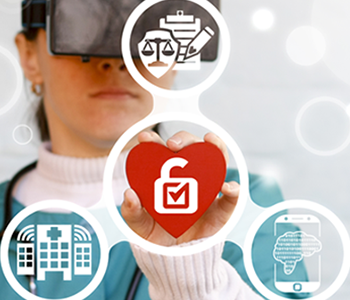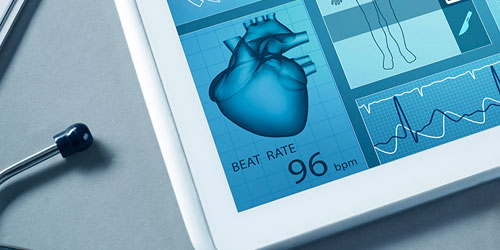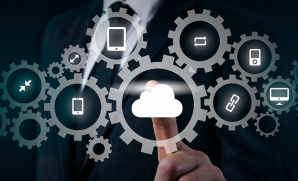Emergence of Artificial Intelligence and Big Data in Healthcare
Publish Date: November 16, 2017This is the last in the series of three blogs on digitization in healthcare. In this blog, I will talk about One of the major challenges with mobility and cloud advancement in healthcare is managing and securing patient data, and the challenge is more complicated than ever before.
AI and Big Data in Healthcare for Telemedicine
Big data plays a crucial role in the digital world, and health care is no exception. Yes, it can not only be used to measure customer satisfaction, but it can also be used to identify risks and recommend preventative treatment automatically. With the rise of the Internet of (Medical) Things (IoMT), mobile and wearable devices are increasingly connected and are working together to create a cohesive medical report accessible by health care provider anywhere. Traditional analytics has now evolved into AI. This data which is useful for the patient can be pooled and studied en masse to predict healthcare trends for an entire country.
The typical use case and a good starting point for AI is population health. Using predictive models built on traditional cognitive systems or machine learning, healthcare providers can use current patient’s characteristics to predict patients at risk for acquiring chronic conditions. Predicting these events before they occur allows for earlier intervention to reduce the healthcare cost.
Several Biotech companies provide consumer access to personalized information about DNA, the disposition to contract a disease and risk for specific conditions. Individuals armed with such data position themselves to avoid dangerous behaviors and take action to promote wellness or invest in particular treatment options.

Another example of conventional predictive models includes using electronic medical record data to predict hospital-acquired conditions like sepsis. There is a massive opportunity of using Operational models for predicting patient admission rates into the emergency department or Predictive models in building financial models that can be used to identify new Package offerings.
For deploying AI solutions one of the critical aspects that the Healthcare providers need to ensure is having capabilities like data governance and training on data-driven decision making. Evolution to AI requires both technical and organizational data maturity. In the analytics maturity model, AI starts to come into the picture the moment organizations move from capturing and using data to analyze events in the past, to using data to predict the future events. Often this transformation occurs through the use of traditional machine learning to build predictive models from structured data. As organizations get more used to this approach, they will start looking at utilizing new, unstructured data sources which can open the door to deep learning.
To conclude our series of blog, we can say that Digitalization, using IoMT, Mobility and Cloud access, Telemedicine and AI & Big Data has led to an entirely new trend in healthcare: the empowered patient. It has helped in automating routine procedures and processes for physicians to focus on the most complex and critically ill patients. It enables the care-providers with advanced analytics based on multi-modal data, wearables, apps for remote monitoring to provide continuous clinical information. It also helps care providers with data in the cloud that enables doctors to access the information needed to care for patients at home, office or on travel miles away, and to collaborate with specialists in another country. Health care is often perceived to be associated with high costs and long waits, patients are now in the driver’s seat, with better access to higher-quality doctors, and higher satisfaction rates overall. It’s a new way to look at health care and one that holds promise for all of us with easy access to the digital landscape.
Full spectrum of Healthcare Industry Solutions with Quick ROI & Business Results from YASH Technologies

















